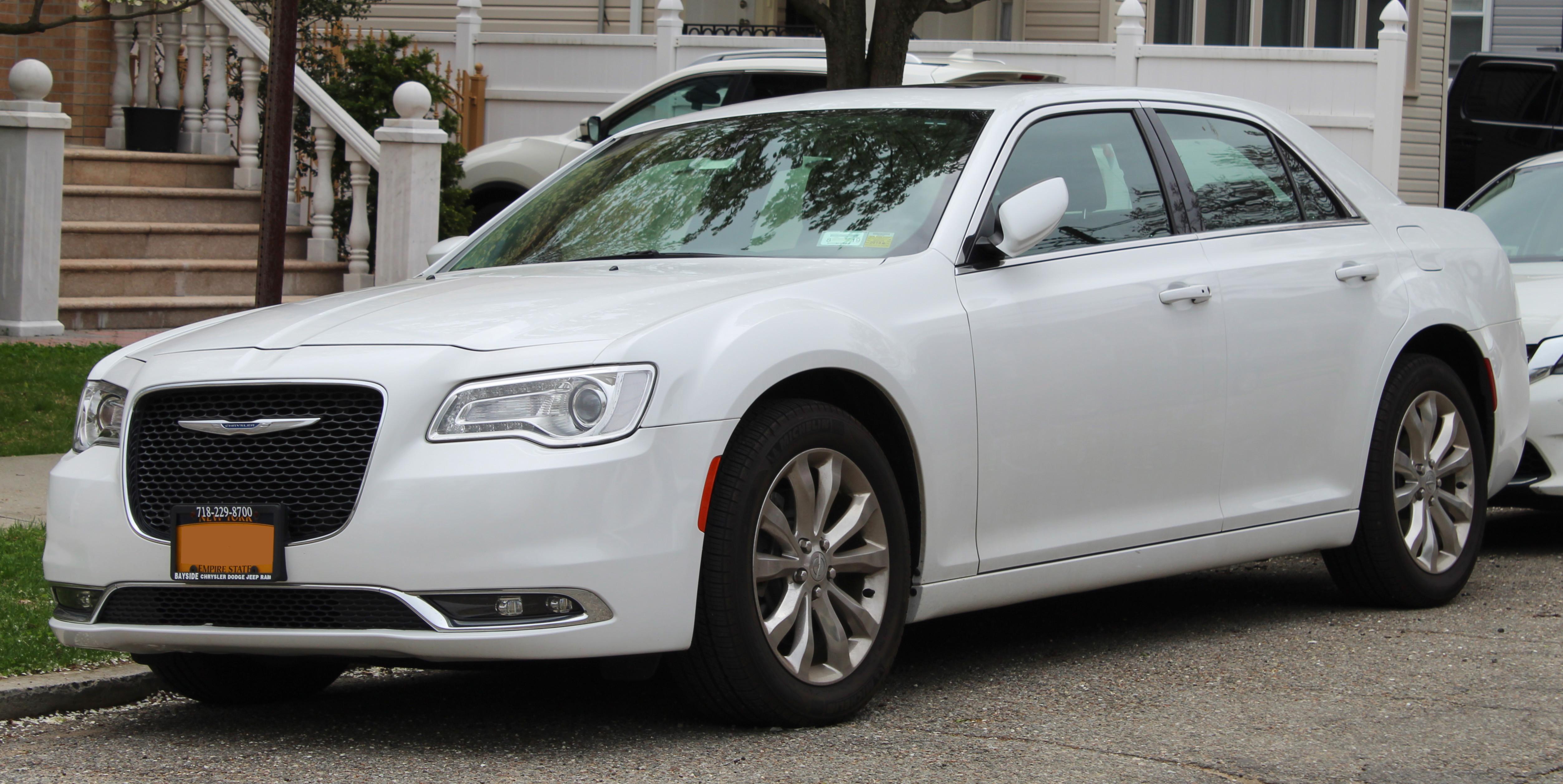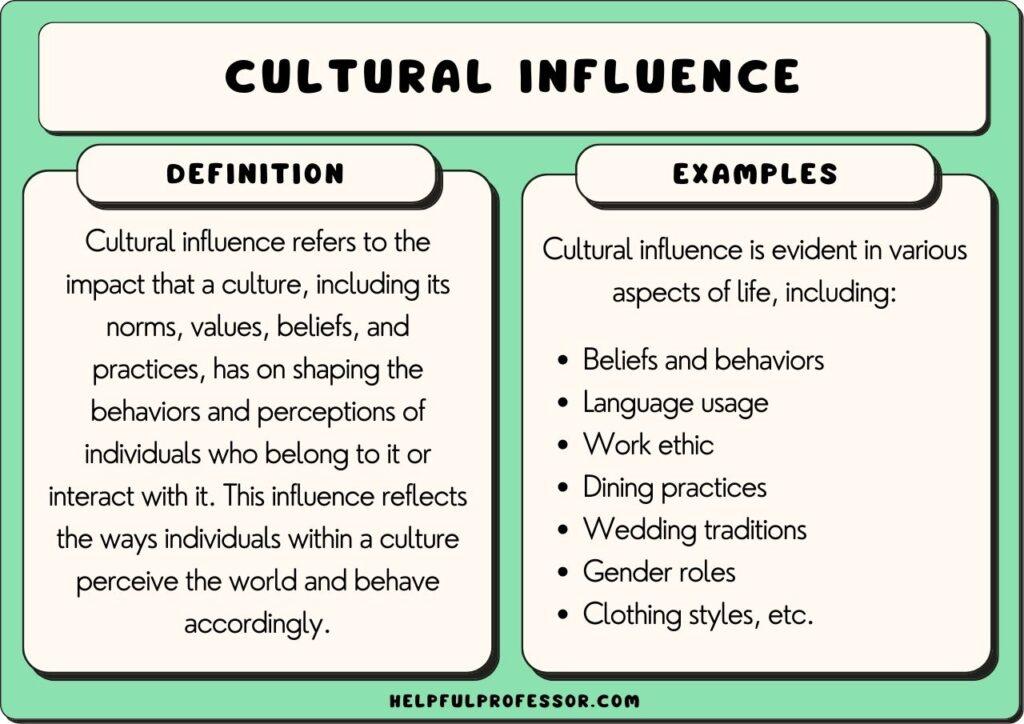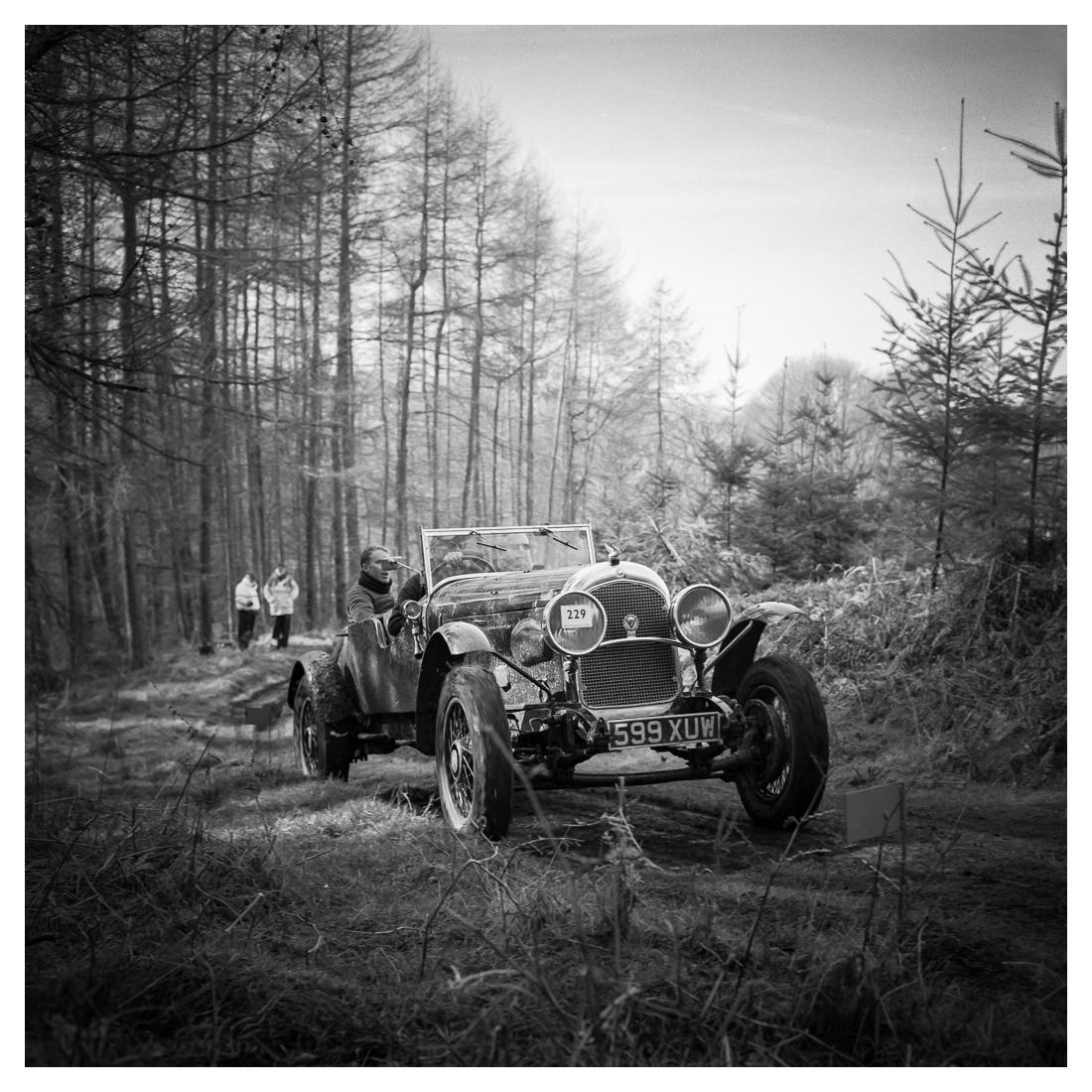Table of Contents
- Exploring the Iconic Designs of Chrysler Cars in the 70s
- The Backbone of Innovation: Chrysler’s Engineering Triumphs
- Cultural Impact: How Chrysler Shaped Automotive Trends in the 70s
- A Look at Chryslers Diverse Lineup and Notable Models
- Ensuring Longevity: Maintenance Tips for Classic Chrysler Vehicles
- Q&A
- To Wrap It Up
Exploring the Iconic Designs of Chrysler Cars in the 70s
The 1970s were a transformative decade for Chrysler, characterized by bold design choices and innovative engineering that reflected the cultural shifts of the time. Chrysler vehicles blended style with performance, becoming icons of the era on American roads. Each model told a story through its unique exterior and interior designs, capturing the essence of a decade marked by vibrant expression and individuality.
Among the standout models, the Chrysler Cordoba gained legendary status with its luxurious features and sleek profile. Its distinctive “cocoon” design and plush interior options attracted buyers looking for both comfort and style. Another notable example is the Chrysler Newport, which boasted a bold front fascia and a spacious cabin, appealing to families and car enthusiasts alike. These vehicles featured a mix of traditional American craftsmanship and a forward-thinking approach that defined Chrysler’s identity during this time.
| Model | Key Features | Impact |
|---|---|---|
| Chrysler Cordoba | Luxury interior, sleek design | Became a symbol of 70s luxury |
| Chrysler Newport | Spacious cabin, powerful engine options | Family favorite, iconic road presence |
| Chrysler LeBaron | Stylish convertible, advanced technology | Marked the rise of personal luxury cars |
The striking aesthetics of Chrysler cars from the 70s also included the use of vibrant colors and innovative materials. Chrome accents and distinctive grille designs helped each model stand out. Car buyers appreciated the attention to detail, such as quilted leather seats and intricate dashboard features, which offered a sense of luxury during a time when practical and affordable vehicles were the norm. This blend of functionality with aesthetic appeal set the stage for Chrysler’s enduring legacy in automotive design.


The Backbone of Innovation: Chrysler’s Engineering Triumphs
The 1970s marked a vibrant era for Chrysler, characterized by remarkable engineering achievements that showcased the brand’s commitment to innovation. Amid the automotive industry’s evolving landscape, Chrysler embraced cutting-edge technologies and design philosophies that set their vehicles apart. The introduction of models such as the Chrysler Cordoba and the Dodge Charger captured the imagination of consumers, blending style with performance and functionality. These cars not only defined a generation but also became cultural icons, symbolizing the spirit of freedom and adventure that the decade represented.
One of Chrysler’s standout engineering triumphs in the 70s was the development of the Lathe Expansion Flat Supercharged Engine. This innovative engine design provided enhanced power and fuel efficiency, enabling Chrysler vehicles to perform exceptionally well on the road while keeping operational costs down. Key features that contributed to its success included:
- Increased Horsepower: The supercharging mechanism allowed for greater power output without increasing engine size.
- Fuel Efficiency: Engine modifications resulted in better fuel consumption rates, crucial during the oil crisis.
- Reduced Emissions: Innovations also focused on minimizing environmental impact, setting early standards for emission control.
Furthermore, Chrysler’s investment in safety features during this decade positioned the brand as a leader in automotive safety. The introduction of innovations like radial tires and improved crash safety metrics highlighted Chrysler’s dedication to protecting its customers. The table below summarizes some of the key safety features introduced by Chrysler in the 70s:
| Feature | Description | Significance |
|---|---|---|
| Radial Tires | Improved performance and handling | Enhanced grip and stability on various terrains |
| Seatbelts with Retractors | Automatic retraction for better usability | Increased seatbelt use among drivers and passengers |
| Crush Zones | Engineered sections to absorb impacts | Higher survival rate during collisions |
These engineering triumphs not only contributed to the success of Chrysler during the 1970s but also laid a solid foundation for future innovations in the automotive world. By focusing on performance, safety, and environmental considerations, Chrysler demonstrated a forward-thinking approach that would continue to influence the industry long after the decade came to an end.


Cultural Impact: How Chrysler Shaped Automotive Trends in the 70s
The 1970s marked a pivotal decade for Chrysler, as the automaker not only responded to changing consumer demands but also shaped the direction of the automotive industry. This era saw the introduction of innovative designs that emphasized performance, comfort, and style. Chrysler led the way with its unique approach to vehicle aesthetics, showcasing models that varied from the sleek, elongated bodies of the Newport to the bold muscle of the Duster. The visual appeal of these cars started to dictate trends, sparking a shift in how automakers approached design in subsequent years.
One of the most significant contributions of Chrysler during this decade was its focus on safety and efficiency amid rising fuel prices and growing environmental consciousness. The introduction of the Chrysler Cordoba featured plush interiors and refined handling, setting a benchmark for luxury in mid-size cars. Additionally, Chrysler’s commitment to innovation led to enhancements in safety features, including improved braking systems and more reliable seat belts, which soon became standard expectations among consumers. This shift not only influenced Chrysler’s lineup but also encouraged competitors to accelerate their own safety advancements.
Chrysler’s influence extended beyond just design and safety; it played a vital role in popularizing the muscle car segment. Iconic models like the Challenger and Barracuda captured the imaginations of a generation, igniting a passion for performance that resonated throughout the automotive landscape. The manufacturing techniques and marketing strategies employed by Chrysler laid the groundwork for future trends in both the American muscle scene and the burgeoning compact car movement, ensuring that the brand not only survived a tumultuous period but thrived in it.


A Look at Chryslers Diverse Lineup and Notable Models
During the vibrant decade of the 1970s, Chrysler showcased an impressive and diverse lineup that catered to a variety of automotive tastes and preferences. Muscle cars, sedans, and family-oriented vehicles all graced the scene, demonstrating Chrysler’s adaptability and innovation in an ever-evolving market. Key models like the Chrysler Cordoba, introduced in 1975, featured luxurious interiors and a sleek design that appealed to those seeking comfort alongside performance.
The Chrysler New Yorker, with its bold styling and spacious interior, became a symbol of status and luxury during the decade. This full-sized sedan catered to the needs of executives and families alike, boasting features such as power windows, air conditioning, and a premium sound system. The integration of safety enhancements, like increased structural integrity, showcased Chrysler’s commitment to passenger protection during an era when road safety was becoming a priority.
In addition to sedans, Chrysler also made significant strides in the realm of compact vehicles. The Dodge Dart and Plymouth Duster were notable mentions that garnered attention for their affordability and efficiency, appealing to younger buyers and families seeking practical options without sacrificing style. This era marked the evolution of Chrysler’s design language and technological advancements, setting the stage for future innovations in the automotive industry.


Ensuring Longevity: Maintenance Tips for Classic Chrysler Vehicles
Owning a classic Chrysler vehicle from the 1970s is not just about enjoying a unique piece of automotive history; it’s also about ensuring that it remains in prime condition for years to come. Regular maintenance is key. Start with a comprehensive check-up of fluids, including oil, transmission fluid, brake fluid, and coolant. Keeping these fluids at optimal levels prevents costly repairs down the line and ensures that your vintage ride performs as it should.
Next, don’t overlook the importance of the exterior and interior upkeep. Regular washing and waxing will protect the paint and prevent rust. On the inside, treating leather seats and dashboard elements can keep them from cracking or fading. Here are a few essential maintenance tips for your Chrysler:
- Cleansing: Wash and wax to protect the exterior.
- Leather Care: Use conditioners to maintain interior surfaces.
- Vacuum Regularly: Keep the interior free of dust and debris.
Lastly, it’s crucial to pay attention to the mechanical components of your classic car. Regular tire checks, brake inspections, and monitoring the battery’s health can dramatically extend the life of your vehicle. Make sure to adhere to a regular schedule for tire rotation to promote even wear and prolong their lifespan. Consider the following table for a quick reference on maintenance intervals:
| Component | Maintenance Interval |
|---|---|
| Oil Change | Every 3,000 miles |
| Tire Rotation | Every 6,000 miles |
| Brake Inspection | Every 12,000 miles |
| Battery Check | Every 20,000 miles |




0 Comments